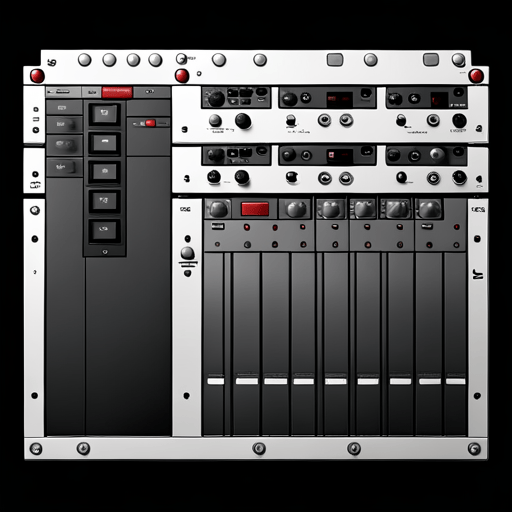10 Reverb and Delay Tips for Cubase

What are some missteps to avoid when utilizing reverb and delay features in Cubase?
Effectively using reverb and delay in your mix can really elevate your track and give it that professional touch. If you are using Cubase, here are ten tips to make the most of these effects.
1. Understand the Basics
Before diving in, make sure you understand the purpose of each effect. Essentially, reverb creates a space or ‘room’ for your track, while delay delivers an echo effect. Both can add depth and richness to your audio, but they need to be used wisely.
2. Mix in Mono
When adding reverb or delay, try doing it in mono. This will help you see how they add to the overall mix and prevent creating an over-processed sound.
3. Use Bus Sends
Instead of applying effects directly to each track, use bus sends. This shared processing method can save CPU and keep your mix organised.
4. Don’t Overdo It
Beware of the temptation to swamp your mix with reverb and delay. While they can add depth, too much can make a track muddy and indistinct.
5. Use EQ with Reverb and Delay
By using EQ after your reverb or delay, you can control the frequencies that are being affected, which can improve your overall mix.
6. Use Short Delay Times
For a natural sound, use short delay times. Longer delays can sound out of time and disjointed.
7. Play with Pre-Delay
Pre-Delay helps to separate the dry signal from the reverb or delay, which can prevent the mix from becoming overcrowded. This is especially useful on vocals.
8. Use Different Types of Reverb
Cubase offers several different types of reverb. Try them all out and figure out which ones work best for different elements of your mix.
9. Automate Your Effects
Remember, reverb and delay aren’t static effects. Automate your parameters during different sections of your track to create movement and interest.
10. Save Your Settings
When you find a setting you like, save it! You can then use these as a starting point in future tracks.
In conclusion, reverb and delay can help in crafting a polished, professional mix. But remember, it’s not about using as much as possible, but rather about understanding how to use these tools to enhance your mix in Cubase.
